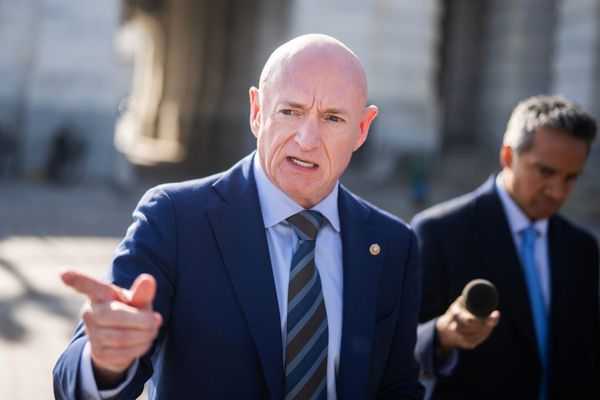
Between a daily cup of coffee, a bagel, rent, utilities, a car or public transport, and another bagel, life can get expensive.
After all, the price tag for just existing feels quite hefty during 40-year-high inflation. Even though inflation has started to cool down from its peak, it still remains stubborn—which can hurt wallets even more in naturally high-cost-of-living cities like New York City. These days, living in an affordable area can be more important than ever for many Americans.
Niche recently identified the best places in America with the lowest cost of living by analyzing government data for housing, groceries, fuel, median tax rates, and the home-value-to-income ratio, among other factors. Southern cities and towns have a reputation for being less pricey than their coastal counterparts, making it no surprise that Texas dominates the top 10 most affordable places on Niche’s list:
- Heidelberg, McAllen, Texas
- Chattahoochee, Fla.
- Pearl River, Miss.
- Pine Ridge, S.D.
- Dilley, Texas
- Sweet Home, Little Rock, Ark.
- Bridgeport, Ala.
- Muniz, McAllen, Texas
- Diboll, Texas
- San Carolos, McAllen, Texas
It seems like McAllen, Texas, is the place to be to save some money, with three suburbs coming out on top. Sitting at number one is Heidelberg; while it has only a C+ rating for its nightlife, it boasts above-average housing ratings (B+). That makes sense, given that its median home value of $45,200 is well below the national median home value of $244,900. Rent is way more affordable too: a median $447 a month compared to the national monthly rent of $1,163.
But even though Texas seems like it has a better cost of living, the land of no income tax might not be as much of a steal for lower- and middle-class Americans as many think; consumption and property taxes are still higher than average. And, economists Stephen Wiler and Tessa Conroy explain, there’s a lack of data on how expensive rural areas are since inflation is typically calculated based on the pricing of goods in urban areas. Things like traveling for groceries and higher costs for cars and gas could make rural areas pricier than they seem.
Still, a paycheck often goes a lot further in smaller cities than bigger ones. After all, a salary of $100,000 can depreciate to either $35,000 in NYC or to $86,444 in Memphis, according to calculations from SmartAsset.
Fortunately, the flexibility of remote work has enabled many workers to take matters into their own hands and move from pricier cities like San Francisco to mid-tier cities and smaller towns. The so-called exodus has partly been encouraged by city programs that pay people to move there. Some have taken so kindly to their new, more affordable lifestyles that they don’t intend to leave even after the incentive is over. Consider the many remote workers who moved to Tulsa for $10,000 and plan to stay longer than the year required for the program.
Maybe it’s time to try out the quaint town of Heidelberg—not to be mistaken for the German Heidelberg, as it's apparently home to just more than 2,000 people.







